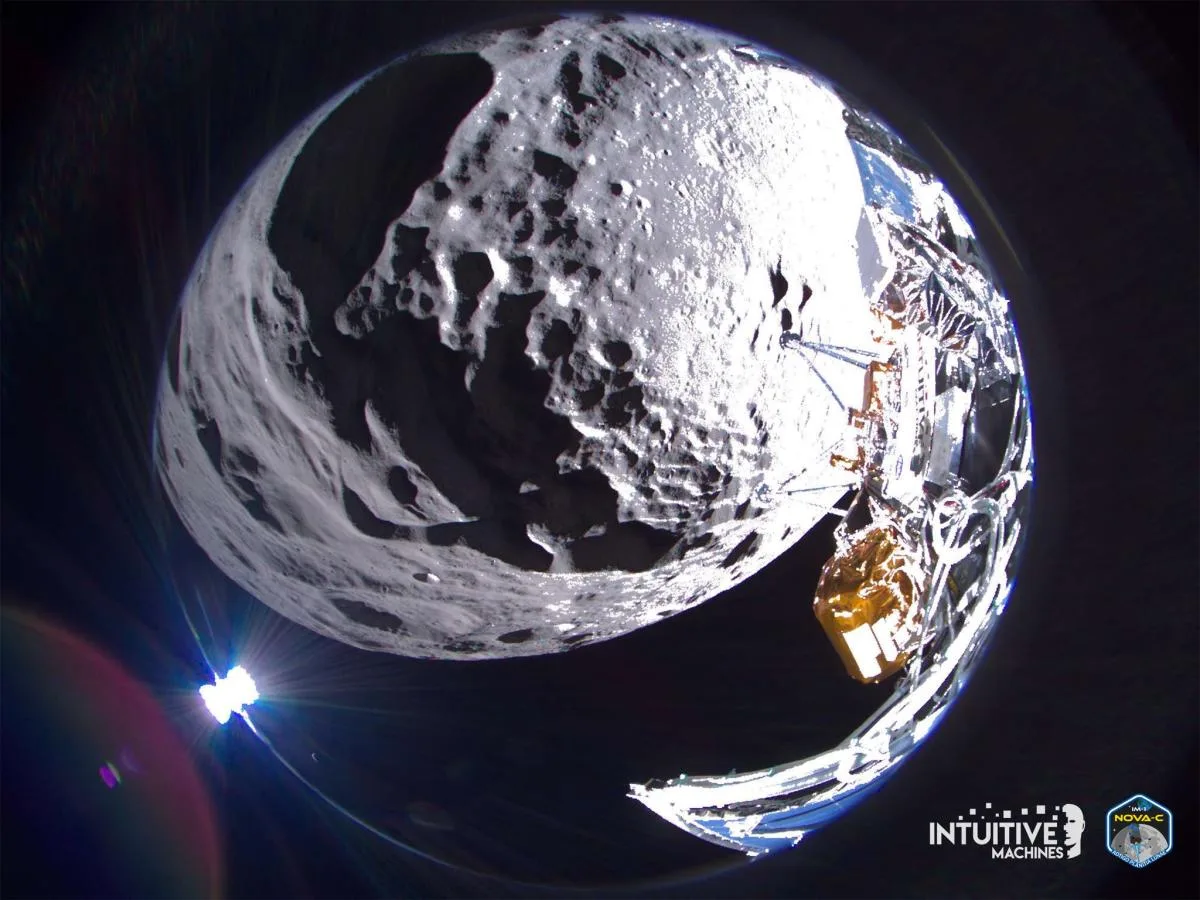It turns out that Intuitive Machines' Odysseus spacecraft didn't land upright after all. In a With NASA on Friday evening, the company revealed that the lander was lying on its side after arriving a little faster than expected, likely catching its foot on the surface as it landed. Fortunately, Odysseus is positioned in such a way that his solar panels receive enough sunlight to keep him charged, and the team was able to communicate with him. Photos of the surface should arrive soon.
While the initial assessment was that Odysseus had landed correctly, further analysis indicated otherwise. Intuitive Machines CEO and co-founder Steve Altemus said “outdated telemetry” was to blame for the previous reading. However, all payloads except the one static art installation – the Moon Phases sculptures by Jeff Koons – are returned. The lander and its NASA science payloads collected data about the journey, descent and landing, which the team will use to try to better understand what happened. But, all things considered, it seems to be going well.
The team plans to soon eject the EagleCam, developed by students at Embry-Riddle Aeronautical University, so they can take a photo of the lander and its surroundings, perhaps as early as this weekend. It was supposed to be ejected during descent to capture the moment of landing, but problems on the day of landing prevented its release.
Once Ulysses was in lunar orbit and hours away from its attempted landing, the team discovered that its laser rangefinders, essential to its precision navigation, were not working – entirely due to human error. According to Altemus, someone forgot to flip a safety switch that would allow it to turn on, and so was unable to do so. This realization was “like a punch to the stomach,” Altemus said, and they thought they might lose the mission.
Fortunately, the team was able to make a last-second adjustment concocted on the fly by Intuitive Machines CTO and co-founder Tim Crain, who suggested they use one of NASA's onboard payloads instead to guide the descent, the Navigation Doppler LIDAR. (NDL). In the end, Odysseus succeeded. Its mission is expected to last a little over a week, until lunar night falls.

